How to Make Your Printer and Ink More Sustainable
Published Aug. 19 2021, 3:30 p.m. ET
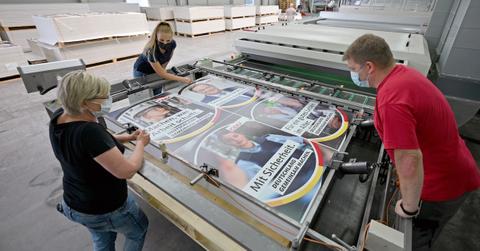
Between wasted paper and expensive petroleum-based inks, it’s safe to say that the costly process of printing at home isn’t exactly great for the environment. Having things printed by professionals or at places like Staples or FedEx isn’t much better in terms of cost or eco-friendliness, either. Fortunately, shifting a few resources and incorporating a few environmentally-friendly printing ideas into your routine could save you and the Earth a whole mess of trouble.
How can printing be eco-friendly?
First, we’ll tell you why printing in its current form is not so eco-friendly. According to The Print Authority, traditional printing’s eco-unfriendliness lies in its inherently toxic nature. Traditionally, printing companies use petroleum-based inks and chlorine-based bleaches for certain types of printing. Those chemicals don’t just get indelibly etched on the page, either.
When those papers, posters, and magazines are eventually thrown away, their toxic elements leach their way into the water, soil, and into the air as methane gas. These compounds cause all sorts of environmental havoc, even contributing to greenhouse gas emissions, which are the main cause of global warming. Eco-friendly printing, on the other hand, makes use of renewable energy, plant-based inks, and recycled products.
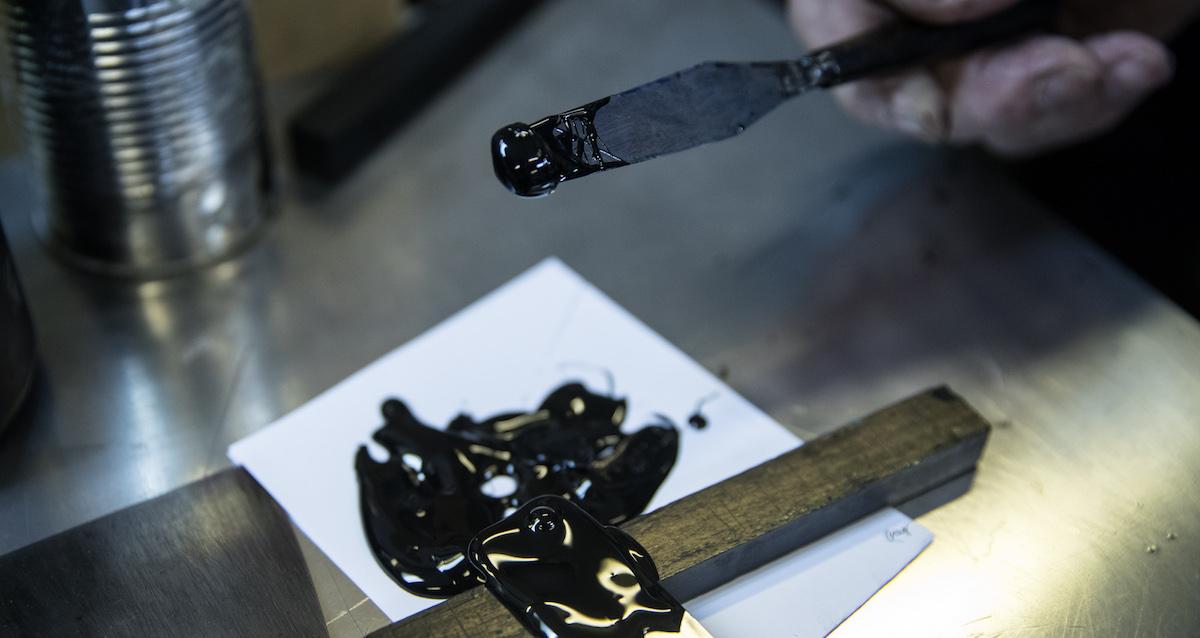
Can commercial printing be eco-friendly?
The best part about eco-friendly printing is that it doesn’t just lower the environmental cost of printing, it lowers the financial cost. Green printing achieves this by reducing waste, reducing the use of harmful chemicals, and enhancing overall efficiency — and many commercial printers are beginning to reap those benefits. Those same cost-effective benefits can translate to home printing as well.
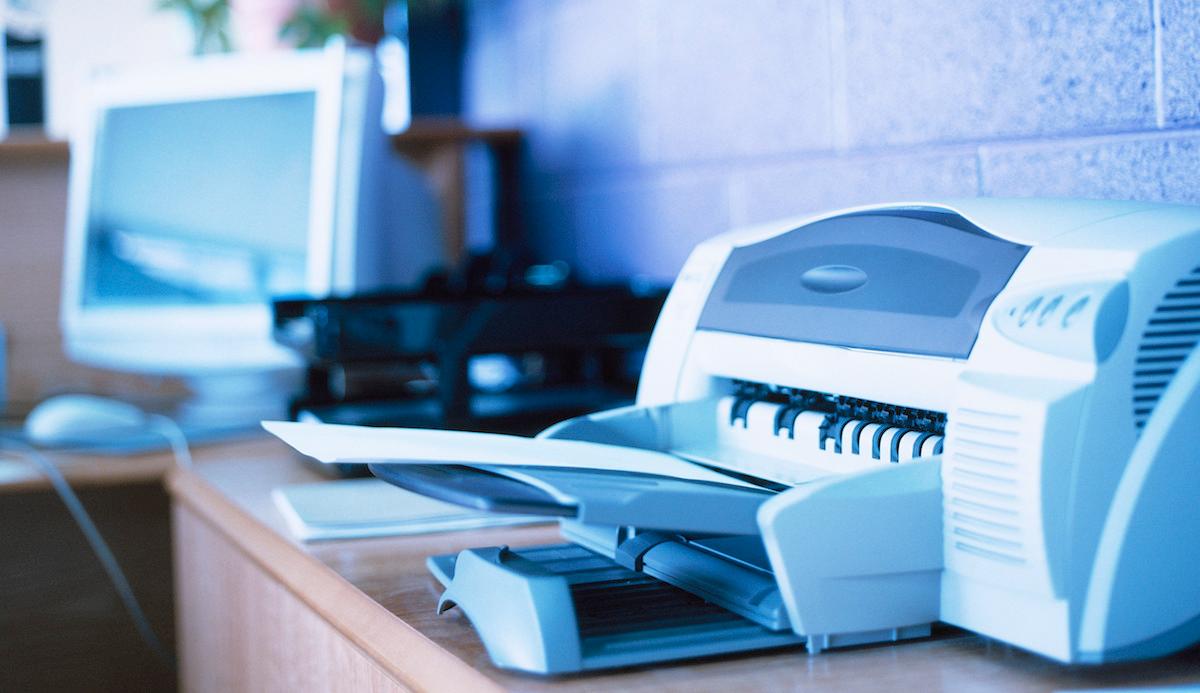
Paperless practices
That’s right, the easiest way to start printing in an environmentally-friendly way is to not print at all. Going entirely paperless is the zero-waste option, of course. It eliminates the need for paper or ink and many recent advances in technology have made it far more feasible than it would have been a few years ago. You can fill out, sign, scan, and email almost all the forms you could possibly need, and the act of doing so creates a digital archive of this paperwork.
Unfortunately, not every business or government agency is obliged to go totally paperless quite yet. This means that you might still have to print and physically sign some official documents for the foreseeable future. However, according to Eco-Office Gals, there are some methods that you can use to conserve ink and paper in the interim.
Remember to print on both sides of the paper whenever possible and always check the print preview before sending jobs to the printer. Using these methods with ensure fewer misprints and create less paper waste.
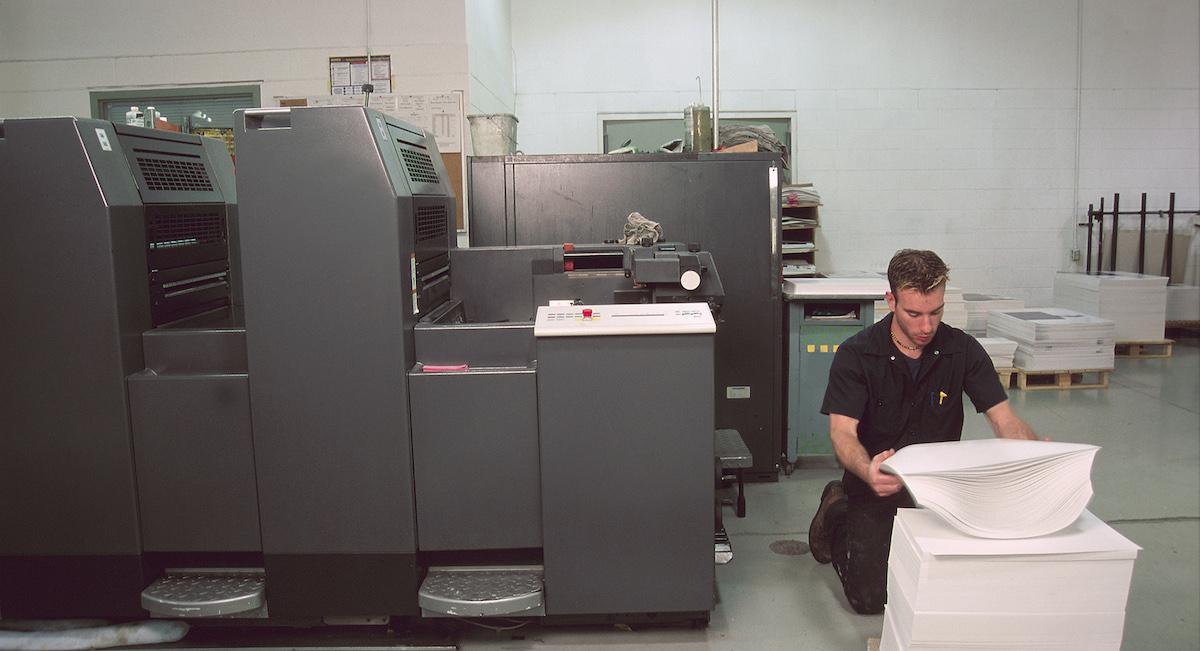
Eco-friendly printers
Recent innovations have led to the development of eco-friendly printers made specifically for home printing. These printers often use vegetable or soy-based inks rather than the traditional and highly toxic petroleum-based inks of the past. According to Printing for Less, these vegetable-based inks are bereft of volatile organic compounds (VOCs) of their forebears.
At the same time, home photo-printing has evolved to incorporate water-based aqueous coatings which create high-gloss finishes like the kind found in professional photography prints. The best eco-friendly printers, those most commonly used by professional printing businesses, also use organic neutralizing solutions and organic filters to prevent the contamination of soil or groundwater.
Soy-Based ink
Made from soybeans, these inks are blended with certain pigments, waxes, and resins to create vibrant, eco-friendly prints. According to ComboInk, soy-based inks have the advantage of maintaining the overall recyclability of printed paper. This is because soy-based inks can be more easily removed during the recycling process without totally destroying the pulped paper.
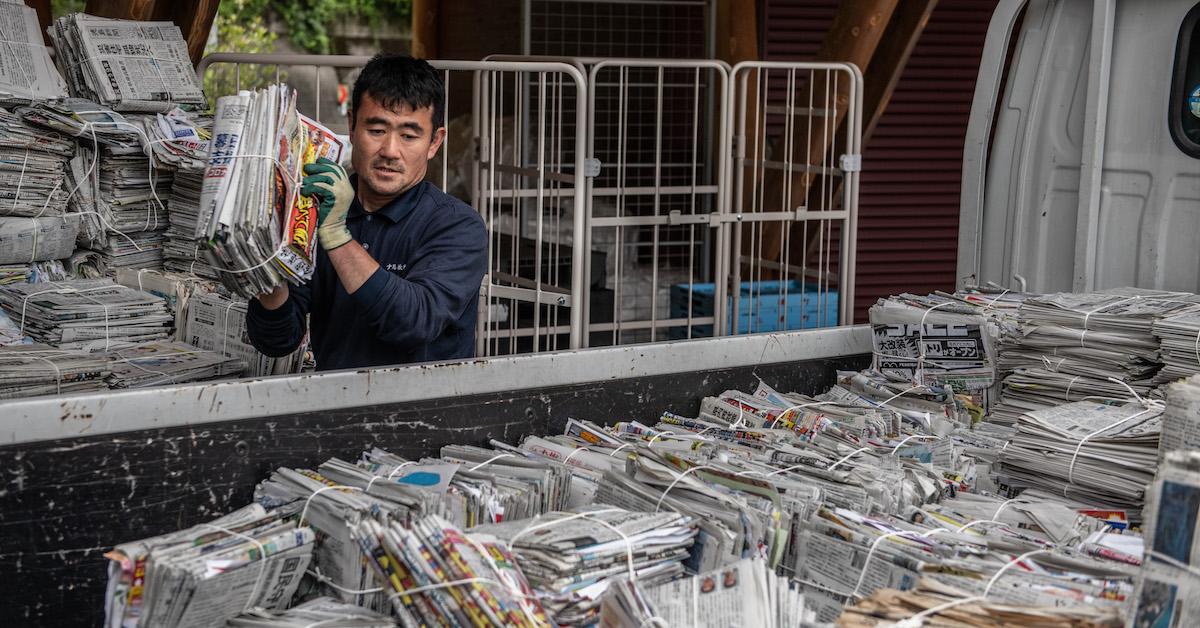
Recycle your ink and paper
If you’re not ready to purchase an eco-friendly printer and ink, the least you can do is recycle your existing paper (which should be easy to do curbside) and ink cartridges.
Many organizations and retail stores accept old ink cartridges for recycling, you just need to find out which ones in your area do. For this, we recommend checking out Earth911’s recycling locator. It’s a great tool for anyone wondering where to properly recycle difficult items.